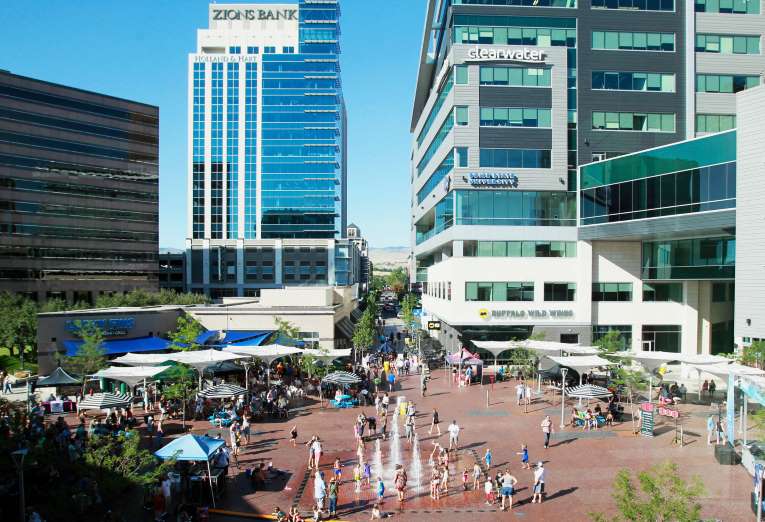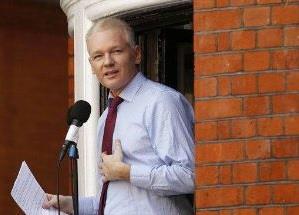August 27, 2015
NEW DELHI – The Union government on Thursday announced the list of 98 nominees of Smart Cities. While announcing the list, Union Minister Venkaiah Naidu said that the work for smart cities had already begun a year ago.

August 27, 2015
NEW DELHI – The Union government on Thursday announced the list of 98 nominees of Smart Cities. While announcing the list, Union Minister Venkaiah Naidu said that the work for smart cities had already begun a year ago.

Maximum number of Smart City are in Uttar Pradesh followed by Tamil Nadu and Maharashtra. "13 crore population across 98 cities which is 35% of urban population will be covered under Smart City Mission. Making them smart will make them engines of economic growth besides giving decent life to the citizens,"Naidu said.
Naidu also said that the Central government proposes to give financial support to Mission to the extent of Rs 48,000 crore over 5 years. The implementation of the Mission at the city level will be done by a Special Purpose Vehicle (SPV)
He also added that state/UTs & urban local bodies have an important role to play in the implementation of Smart City.
There is no universally accepted definition of a Smart City and varies from city to city and country to country, depending on the level of development, willingness to change and reform, resources and aspirations of the city residents.
In the approach to the Smart Cities Mission, the objective is to promote cities that provide core infrastructure and give a decent quality of life to its citizens, a clean and sustainable environment and application of ‘Smart’ Solutions.
The focus is on sustainable and inclusive development and the idea is to look at compact areas, create a replicable model which will act like a light house to other aspiring cities. The Smart Cities Mission of the Government is a bold, new initiative. It is meant to set examples that can be replicated both within and outside the Smart City, catalyzing the creation of similar Smart Cities in various regions and parts of the country.
The core infrastructure elements in a Smart City would include:-
- adequate water supply,
- assured electricity supply,
- sanitation, including solid waste management,
- efficient urban mobility and public transport,
- affordable housing, especially for the poor,
- robust IT connectivity and digitalization,
- good governance, especially e-Governance and citizen participation,
- sustainable environment,
- safety and security of citizens, particularly women, children and the elderly, and
- health and education.
Accordingly, the purpose of the Smart Cities Mission is to drive economic growth and improve the quality of life of people by enabling local area development and harnessing technology, especially technology that leads to Smart outcomes.
Courtesy: IBN















































































































